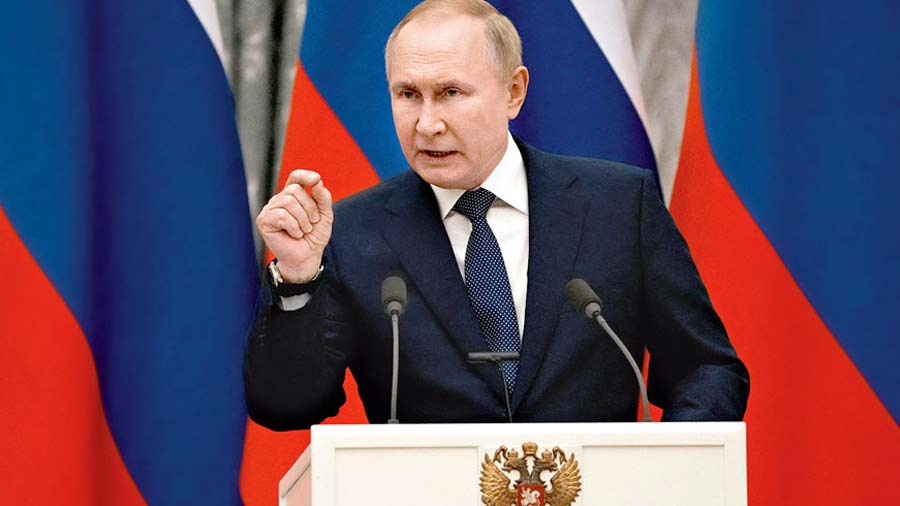Russia’s war in Ukraine has killed tens of thousands of people and wounded many more. But brutal conflicts claim more intangible victims too — and Ukrainian culture is among them. Since the invasion in February, Russian missiles and bombs have targeted libraries, opera houses and theatres. Russian soldiers have been accused of looting museums. In December, the international writers’ organization, PEN, published a letter citing Ukraine’s government, saying that Russia had damaged or destroyed more than 500 sites of cultural significance in the war until then. The most brazen instance was in March when Russia bombed a theatre in Mariupol that was housing people sheltering from the war, killing hundreds of civilians. More recently, the United Nations’ cultural body, Unesco, has started training experts in Europe on identifying and tracking down stolen Ukrainian art that Russian soldiers might try to sell. While some of the attacks on Ukraine’s institutions and objects of art and culture are likely a result of the indiscriminate nature of wartime violence, Russia is not the first invading power to loot or destroy cultural treasures: in fact, that is the norm.
The plunder of colonialism still largely remains unaddressed. In recent years, European nations have come under mounting pressure to return precious artefacts, jewels and antiques to countries in Africa and Asia. In December, Germany returned a set of 21 Benin Bronzes, iconic sculptures stolen from Nigeria. Meanwhile, the Koh-i-noor diamond remains a part of the British Crown jewels. The Nazis looted Jewish art and paintings both from the homes of those they dispossessed and from museums they raided. At the heart of this pattern of thievery and violence against art is a combination of political and economic goals. Through the history of war and conquest, victors have viewed themselves as the owners of the riches of the people they have defeated. That wealth — whether in gold, cash or valuable art — is viewed by imperial powers as a legitimate gain from a war.
But often, the destruction and desecration of the enemy’s cultural traditions, sites and objects are also about erasing their identity —it is a process that can play out long after an invader has left. In South America, many old indigenous languages are on the verge of extinction because of the dominance of Spanish, imposed centuries ago by colonialists. More recently, after Azerbaijan took control of the disputed region of Nagorno-Karabakh, experts have expressed fear that thousands of iconic Armenian churches and monuments there could be destroyed. The region has historically been claimed by Azerbaijan and Armenia. Similarly, the Russian president, Vladimir Putin, has made it clear that he does not view Ukraine as a separate historical entity. Yet through its actions, Russia — like all previous warring powers — has ended up shining a light on Ukraine’s rich cultural heritage, from its poems to paintings. Far from obliterating that legacy, the war has given it fresh relevance.










